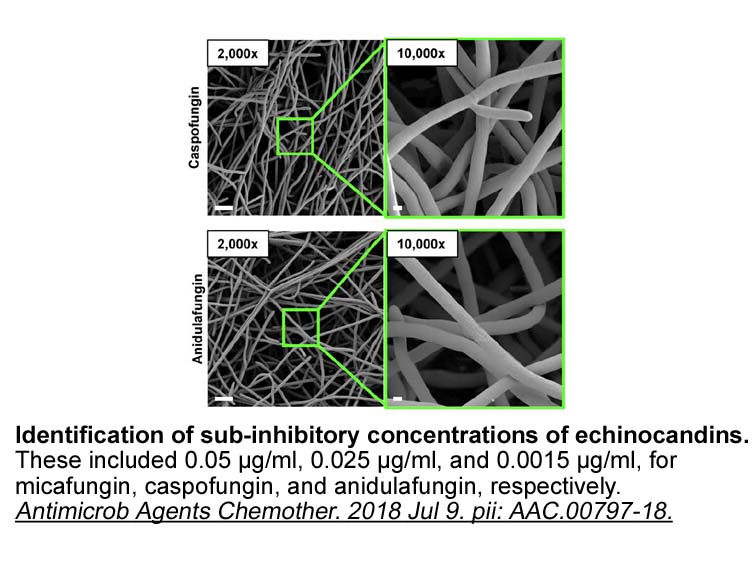Archives
FGF is a member of the
FGF21 is a member of the FGF family. It is preferentially expressed in the liver and is inducible in adipose tissue. As an insulin-sensitizing metabolic regulator, it stimulates UNC669 of uptake by adipocytes and also targets the central nervous system. FGF21 treatment corrects diet-induced obesity in mice, which suggests its therapeutic potency in obesity and fatty liver. Moreover, FGF21 transgenic mice are resistant to diet-induced obesity.
Increasing evidence indicates that FGF21 also regulates ALD pathogenesis through multiple mechanisms. FGF21 knockout mice have increased sucrose consumption, whereas acute administration or overexpression of FGF21 suppresses the intake of both sugar and non-caloric sweeteners. FGF21 regulates neuronal function in the hypothalamus as a negative feedback loop in the liver-to-brain hormonal axis, which reduces sweet-seeking behavior and meal size. Thus, FGF21 acts centrally to suppress the intake of “sweets” by producing an endocrine satiety signal. A recent study also demonstrated that FGF21 administration reduces sweet and alcohol preference in mice and sweet preference in cynomolgus monkeys. In mice, the reduced preferences for sugar and alcohol require the FGF21 co-receptor β-Klotho (KLB) in the central nervous system and are also correlated with reductions in dopamine concentrations in the nucleus accumbens. A recent genome-wide association meta-analysis and replication study among a large population of individuals of European ancestry identified the gene encoding KLB as a locus associated with alcohol consumption. In addition, brain-specific KLB knockout mice display increased alcohol preference, whereas FGF21 administration inhibits alcohol drinking by acting on the brain. Therefore, in addition to regulating sugar preference and intake, the liver-brain endocrine axis may also play a critical role in the regulation of alcohol drinking behavior. Since FGF21 analogs are currently undergoing clinical evaluation for the treatment of obesity and type II diabetes, FGF21 may also be a potential pharmacologic target for reducing alcohol consumption.
In addition, both hepatic and serum FGF21 levels increased after mice were either challenged with chronic feeding plus acute binge alcohol consumption (Gao-binge) or chronic alcohol consumption for 4 weeks. However, these two different alcohol models led to different outcomes for liver injury in FGF21 knockout mice. Gao-binge alcohol-induced liver injury and steatosis were attenuated in FGF21 knockout mice. In contrast, FGF21 knockout mice displayed more severe steatosis and liver injury compared with those of wild type mice following chronic alcohol consumption for 4 weeks. The reasons for these apparent contradictory results were not clear, but the different alcohol exposure models may be responsible. Notably, Gao-binge alcohol often leads to increased hepatic neutrophil infiltration and inflammation, which are absent from the chronic alcohol consumption model. Whether lack of FGF21 would differentially affect liver inflammation requires further investigation.
As discussed above, chronic alcohol consumption reduces adipose tissue mass by increasing lipolysis. Interestingly, FGF21 deficiency also markedly reduces alcohol-induced WAT lipolysis, and administration of exogenous FGF21 exacerbates chronic alcohol-induced lipolysis. Mechanistically, the authors did not observe any changes in insulin levels, but catecholamine levels decreased in FGF21 knockout mice. Regardless of these controversial findings in chronic or Gao-binge alcohol-treated FGF21 knockout mice, recombinant FGF21 treatment ameliorates alcohol-induced liver injury and steatosis. Whether FGF21 also affects autophagy in adipose tissue, thereby affecting ALD pathogenesis, remains unanswered and is currently under active investigation in our laboratory. The possible role of autophagy in adipocyte biology and the adipose-liver axis in the pathogenesis of ALD is summarized in Fig. 2.
findings in chronic or Gao-binge alcohol-treated FGF21 knockout mice, recombinant FGF21 treatment ameliorates alcohol-induced liver injury and steatosis. Whether FGF21 also affects autophagy in adipose tissue, thereby affecting ALD pathogenesis, remains unanswered and is currently under active investigation in our laboratory. The possible role of autophagy in adipocyte biology and the adipose-liver axis in the pathogenesis of ALD is summarized in Fig. 2.